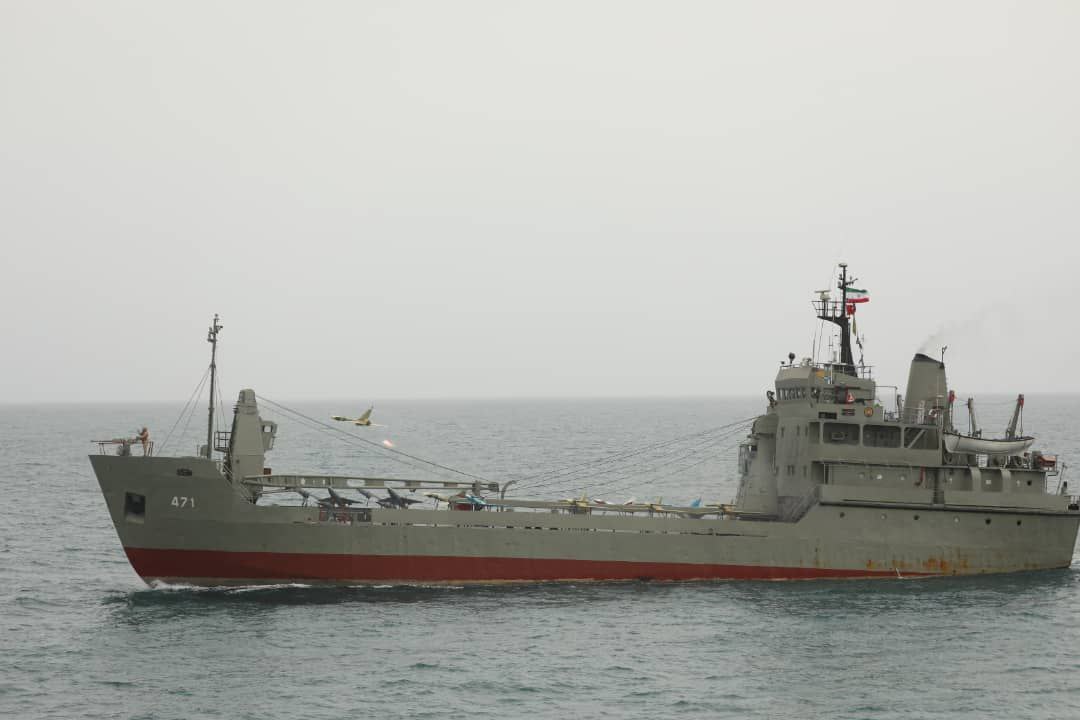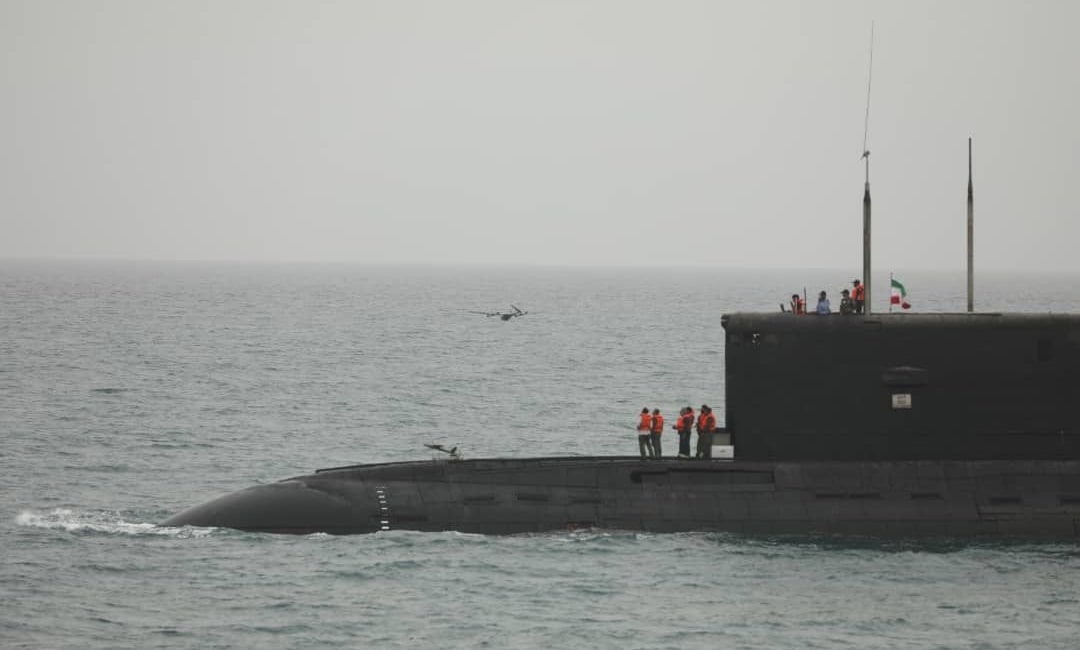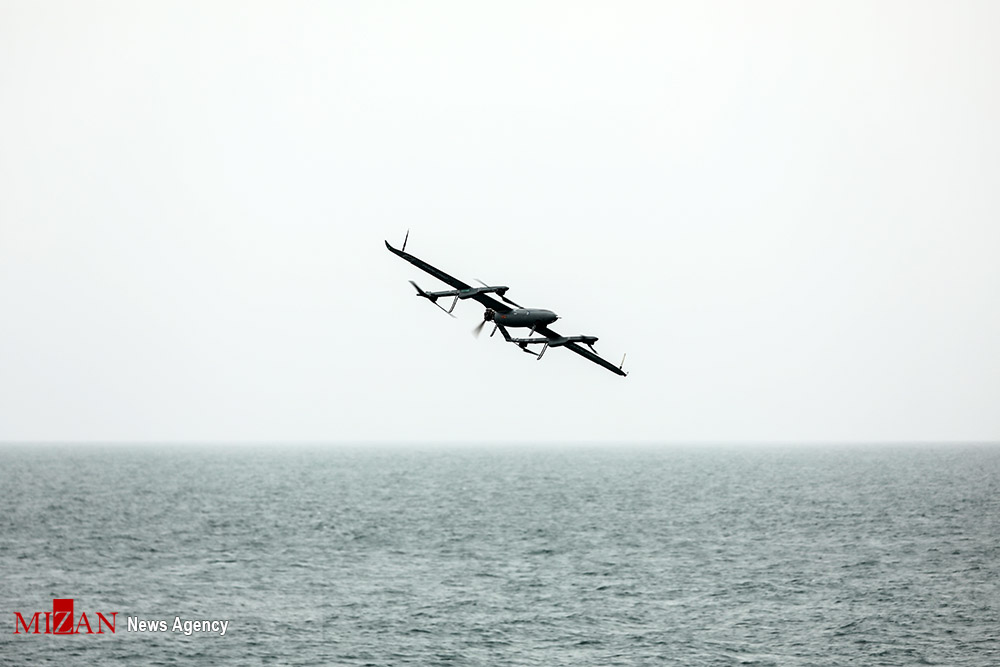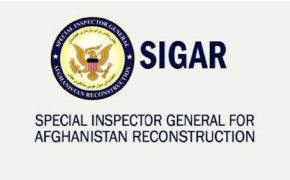Iran Unveils Drone-Carrying Fleet

The first Navy’s drone fleet of the Iranian Army was unveiled during a ceremony attended by Major General Abdolrahim Mousavi, Commander-in-Chief of the Army and Admiral Shahram Irani, Commander of the Strategic Naval Forces of the Islamic Republic of Iran Army.
In this ceremony which was held on July 15, the Lawan and Delavar warships were converted into drone carriers, and for the first time, several drones were launched from the Iranian Fateh and Tariq submarines.
Drones such as Arash and Ababil 2 suicide drones, Pelican and Homa vertical take-off and landing drones, Karar combat and suicide reconnaissance drones, and Ababil 4 reconnaissance and combat drones were showcased and flew in this ceremony.




The most important challenge for this drone carriers is the recovery of reconnaissance drones. The conventional method is to use nets; in this way, the drone hits a net installed on the ship at the lowest possible speed. This method is effective for small drones that have a short range, but it is not so favorable for larger drones. Larger drones like the Ababil 4 drone sit in a runway after taking off and completing the mission. In the unveiling ceremony, the Ababil 4 drone landed on the landing strip in Jask after taking off from the drone carrier.
In the interview of Admiral Shahram Irani, important points were mentioned about the drone fleet, which can be mentioned as follows:
- The possibility of repairing and producing drones inside the fleet
- The possibility of combined operations in the form of flight groups of drones and swarm operations
- The possibility of moving the command control center from one ship to another or subsurface guidance or using a flight unit for command.
- The possibility of setting different targets for several different categories of drones
- The possibility of using drones for electronic warfare
- The possibility of flying 40 to 50 drones at the same time to support any mission and the possibility of replacing them quickly
UAVs launched from submarines enable the detection of targets in the distance. For this reason, the range of submarine weapons, especially cruise missiles such as the Jask 2 missile, increases. But the main challenge for subsurface fleet use of UAVs is the launch and recovery of the UAV. If a submarine comes to the surface for every launch, the risk of detection increases greatly during the war. This also applies to the recovery of the reconnaissance drone. According to the commander of the Iranian Navy, it will be possible to launch drones under the surface in the future. Also, the possibility of discovering underwater targets will be added to drones.







Comment